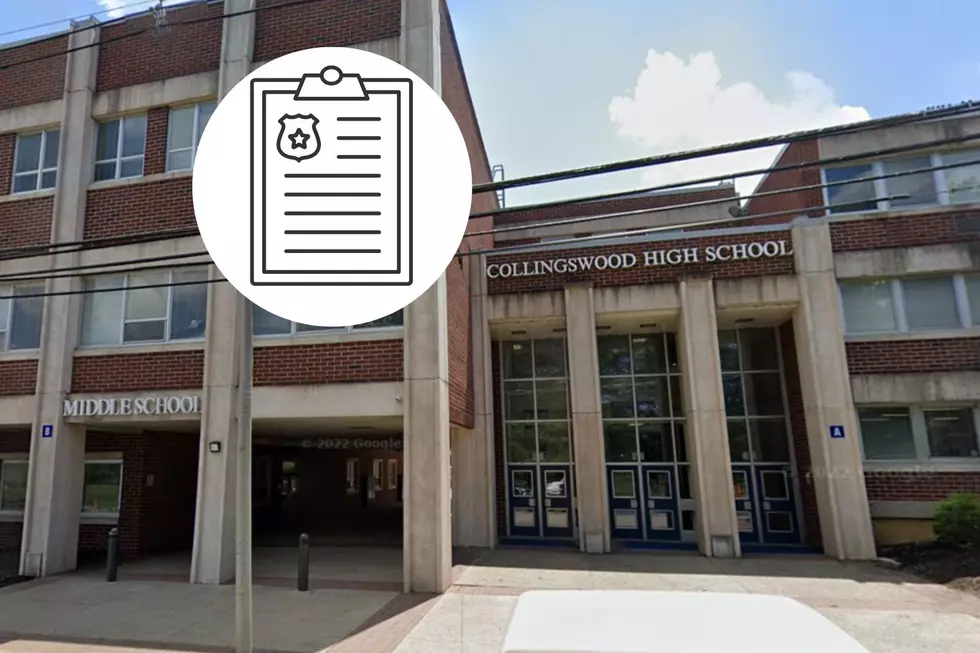
Group Wants NJ Punished for Demolishing 250-Year-Old House; Lawsuit Calls it Conspiracy
BELLMAWR — A Camden County historic preservation group is suing the state and federal government in federal court months after the state Department of Transportation demolished a 250-year-old house.
The Hugg-Harrison-Glover House was torn down in March hours after the Camden County Historical Society had sued in state court to stop the demolition.
The demolition, which the group says began before sunrise on March 3, came as a surprise after the Society and local and federal officials spent a year trying to get the DOT to agree to allow the municipality to move the structure to another location.
The DOT tore down the house to make way for a new $900 million intersection of Interstate 295 and State Route 42.
The sudden demolition was criticized by local officials, county freeholders and U.S. Rep. Donald Norcross, D-N.J. 1st District, who had been working to secure federal funds in order to move the house, which is linked to Revolutionary War Capt. William Harrison and was celebrated for its unique pattern brick architecture.
The demolition also surprised Gov. Chris Christie, who said on New Jersey 101.5's "Ask the Governor" in March that he didn't "like the way it looks." Christie vowed to look into the matter.
The latest lawsuit accuses the state's transportation officials of violating the National Historic Preservation Act by not having good faith consultation with the public.
Transportation officials have said that the demolition coincidentally happened the morning after the first lawsuit was filed. But preservationists say that beggars belief because the lawsuit's filing was reported on by local media.
DOT spokesman Kevin Israel told the Townsquare News Network in March that Federal Highway Administration had informed the department that “there are no additional Federal funds available for relocating the structure" and that “the house was in poor structural condition, including crumbling bricks that made moving it impossible."
But the federal lawsuit says the department "excluded and eliminated from public view vital information that contradicted their conclusion."
Among that information was a 2003 historical study commissioned by the state that found that the house was eligible for a national historic designation, which would protect it from demolition.
A 2015 consultant's report also found that "relocation of the house in its current condition is structurally feasible,” and that there were “few signs of structural damage or deterioration” indoors, and “no signs of structural damage or deterioration” outside.
The federal lawsuit is seeking a judge's declaration that the state and federal government violated the Preservation Act, as well as punitive and monetary damages and turning over the remaining artifacts.
The lawsuit also seeks to compel the state to rectify the loss of the structure. Examples include building a replica, erecting a monument, opening a Revolutionary War museum and undertaking an extensive archeological excavation of the site.
The federal Department of Transportation and the Federal Highway Administration are also named as defendants because the roadwork project included federal funding and oversight.
More From WPG Talk Radio 95.5 FM










